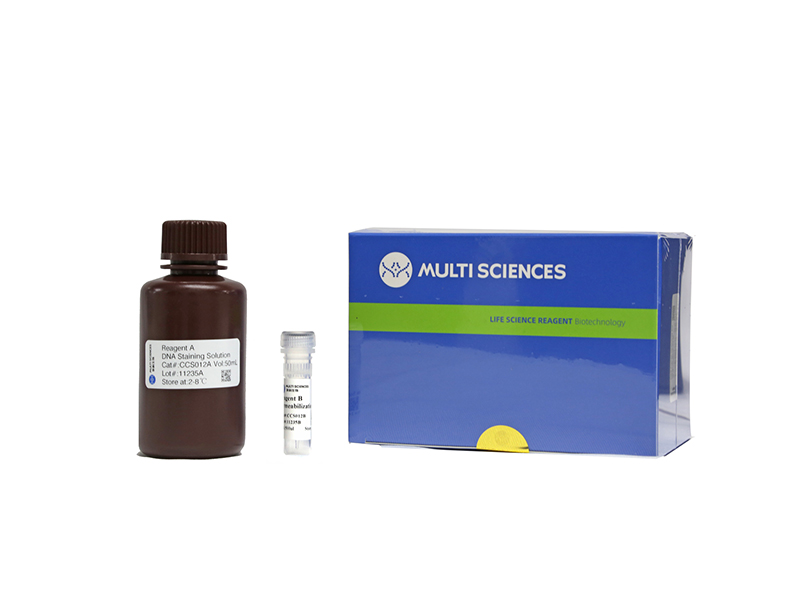Background:MicroRNA-messenger RNA (miRNA-mRNA) regulatory networks are essential factors that regulate tumor development and metastasis in various cancers including gallbladder carcinoma (GBC). Here, we identified the miR-195-5p/Fos-like antigen-1 (FOSL1) axis in GBC by bioinformatics analysis and aimed to investigate its role and regulatory mechanism in the development and progression of GBC.
Methods:Bioinformatics analysis was used to construct a miRNA-mRNA regulatory network. Real-time quantitative polymerase chain reaction (qRT-PCR), western blot, and dual luciferase reporter assays confirmed that miR-195-5p targets FOSL1 in GBC. Cell Counting Kit-8 (CCK-8), wound healing, transwell, flow cytometry assays, western blotting, and immunofluorescence were used to detect the biological effects of the miR-195-5p/FOSL1 regulatory axis and the Wnt/β-catenin signaling pathway on the proliferation, migration, invasion, and cell cycle of GBC cells. A nude mouse tumorigenesis model was constructed to verify the role of miR-195-5p in vivo.
Results:Bioinformatics analysis and qRT-PCR confirmed that the miR-195-5p/FOSL1 regulatory axis was closely related to GBC cells. Overexpression of miR-195-5p inhibited the proliferation, migration, and invasion of GBC cells, and the cells were blocked in the G0/G1 phase. Dual luciferase reporter gene assays and western blot analysis showed that FOSL1 is targeted by miR-195-5p. The recovery experiment showed that miR-195-5p can inhibit cell proliferation, migration, invasion, and increase of cells in the G0/G1 phase, and the overexpression of FOSL1 could restore this effect by regulating the Wnt/β-catenin signaling pathway. Finally, we confirmed that miR-195-5p inhibited the growth of transplanted tumors in vivo.
Conclusions:The overexpression of miR-195-5p inhibits the proliferation and metastasis of GBC cells by directly targeting FOSL1 and regulating the Wnt/β-catenin signaling pathway.
文章引用产品列表
-
- CCS012 1190 Citations
- 周期试剂盒
Cell Cycle Staining Kit 细胞周期检测试剂盒
- ¥390.00



